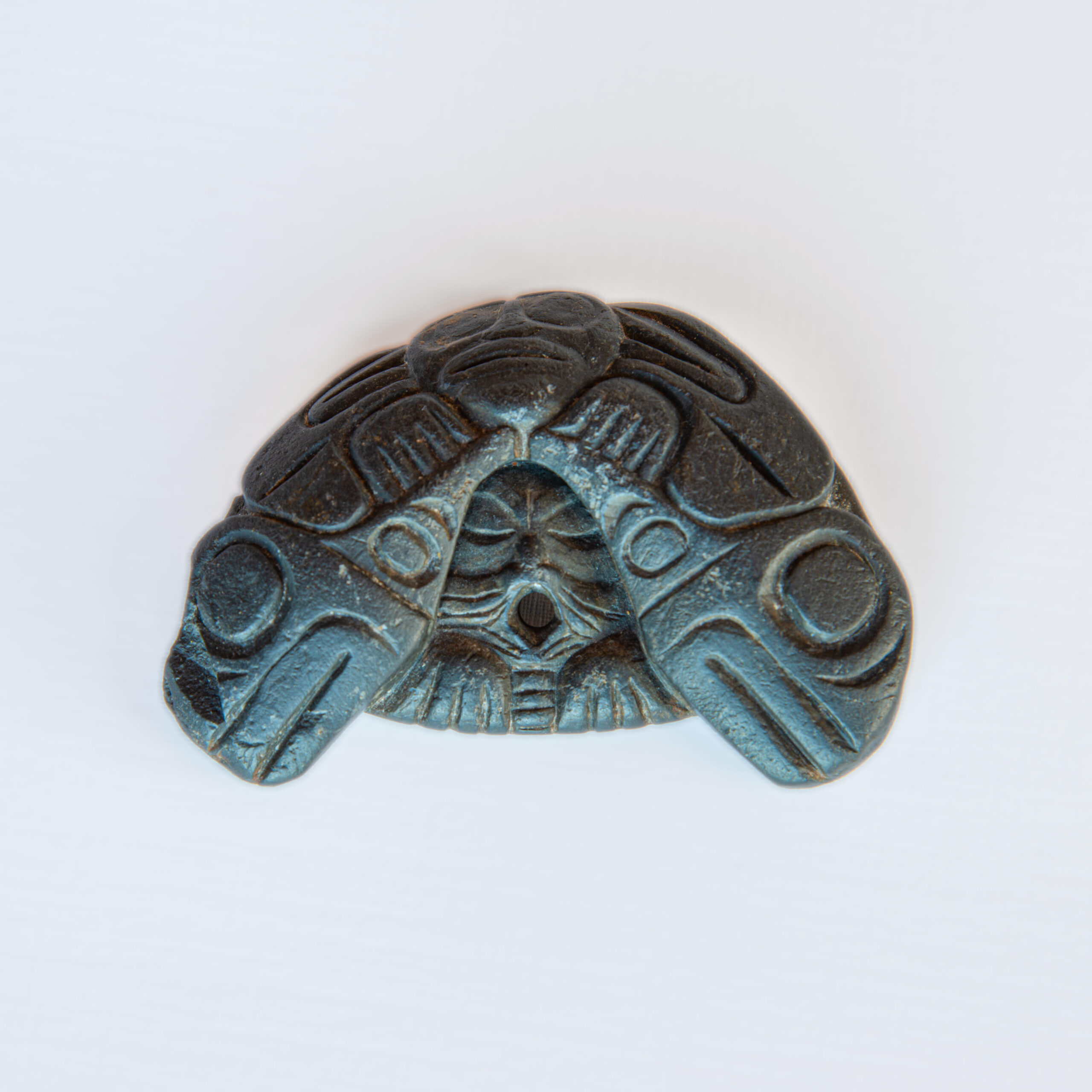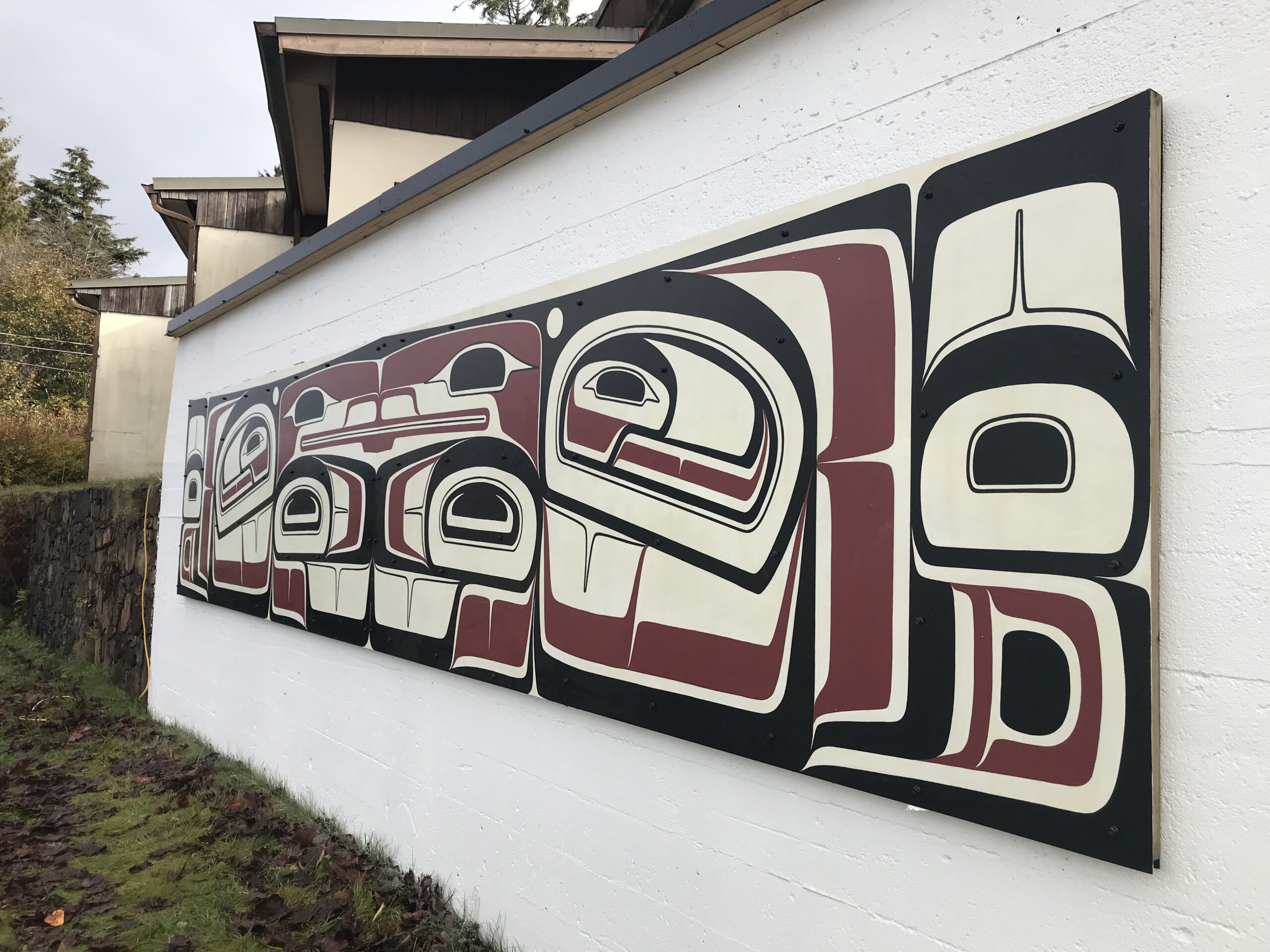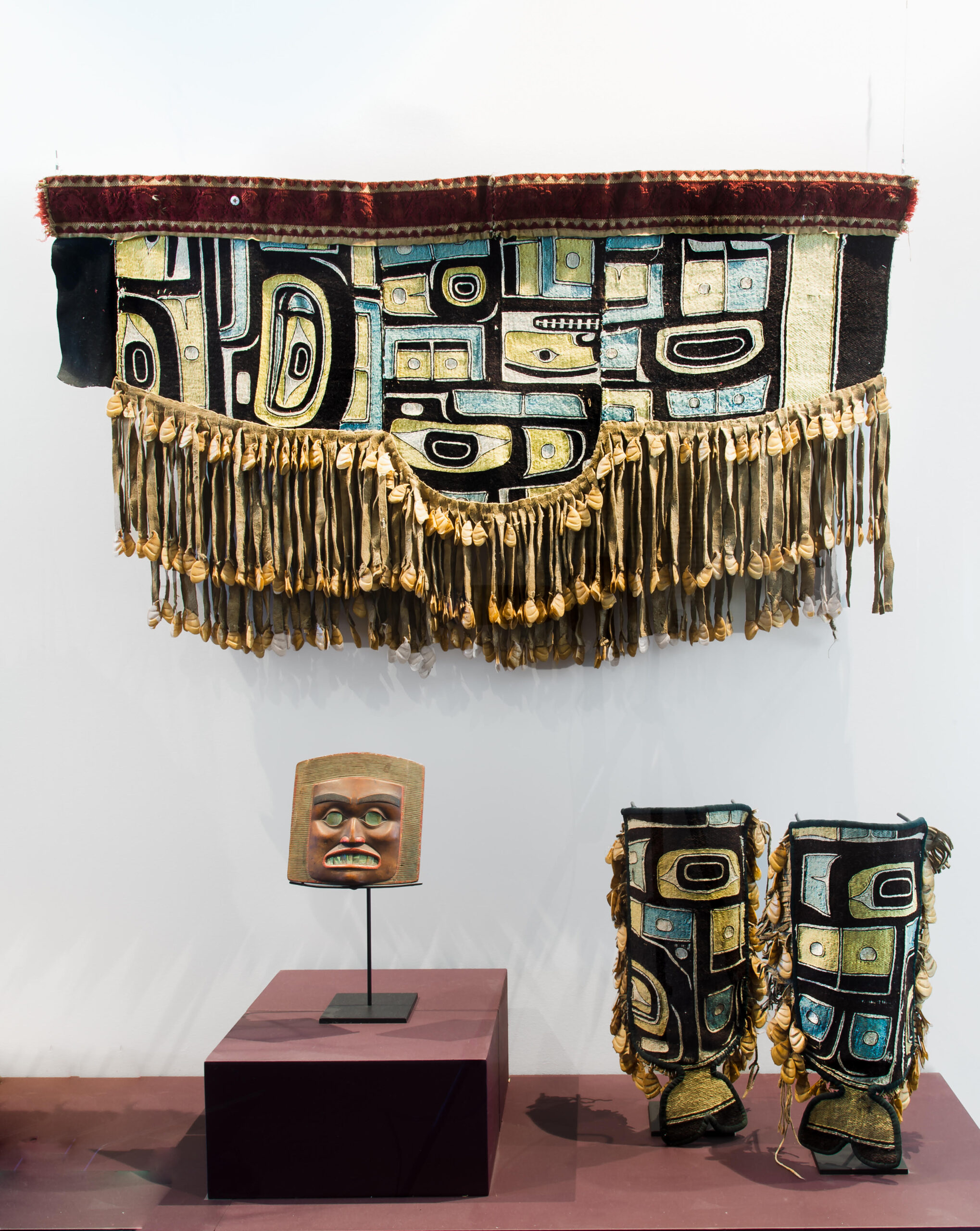The traditional language of the Ts’msyen is Sm’algya̱x. The Sm’algya̱x language is foundational to the Ts’msyen People and its preservation is extremely important. Sm’algya̱x is spoken by people from the Ts’msyen communities of Maxlaxaala (Metlakatla), Txałgiu (Hartley Bay), Lax Kw’alaams (Port Simpson), Lax Klan (Gitxaala), Klemtu, Gits’alaasu (Kitselas), Gits’m’Kalm (Kitsmkalum) as well as by Ts’msyen people who live in Prince Rupert, Terrace, Alaska, and beyond.
In Prince Rupert, the Ts’msyen Sm’algya̱x Language Authority works to provide resources for the teaching of Sm’algya̱x and the preservation of the language. For the Ts’msyen, Sm’algya̱x language, culture, and spirituality go hand in hand and help individuals connect to their territory. Learning Sm’algya̱x also helps to instill cultural pride in local Indigenous youth.



